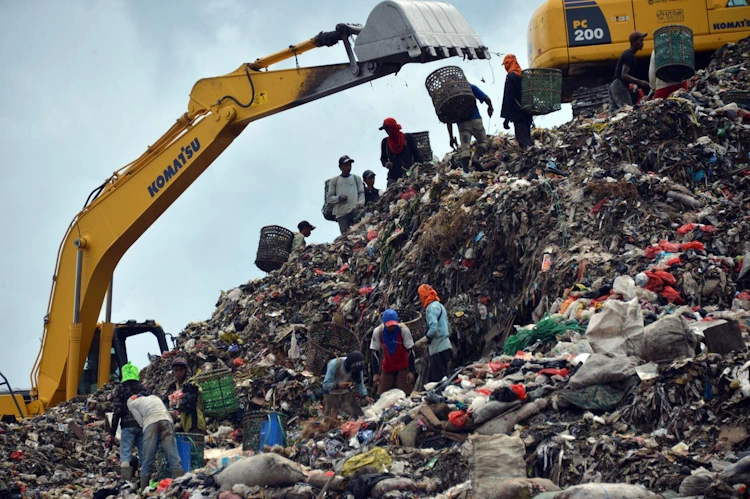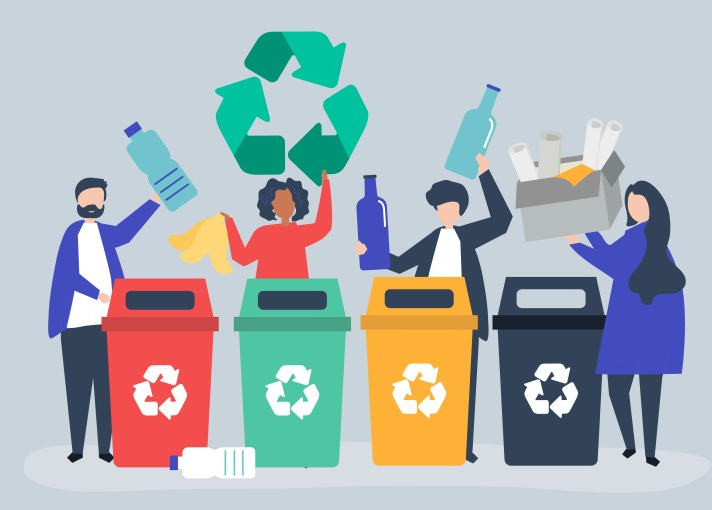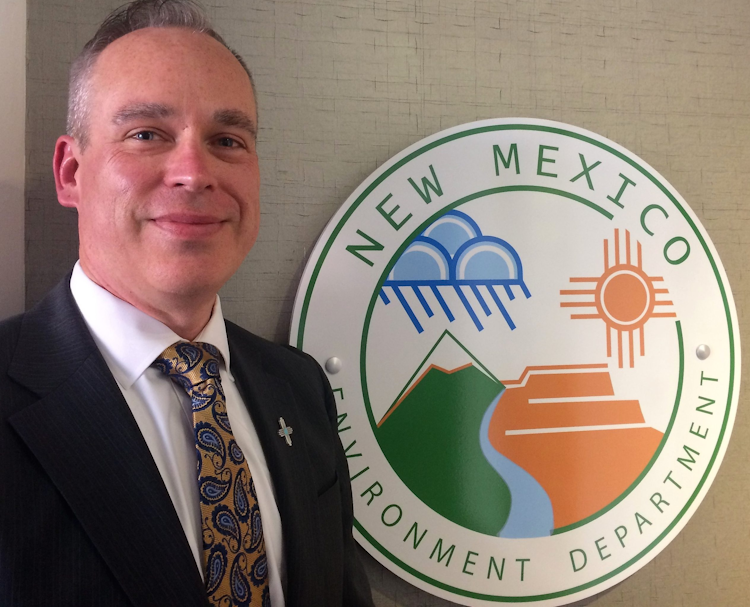One of the most important roles in urban management is that of municipal solid waste handling, to ensure proper operations and maintenance for garbage generated by households, commercial establishments or institutions – environmental preservation on one hand but definitely public health interest.
There are a number of different types meaning behind waste disposal that used in the United States, with varying degrees of benefits and drawbacks. Read on as we look at some of the leading methods in which municipal waste is disposed of across the USA.
Landfilling
The chief method of solid waste disposal in the United States is to bury it under layers of earth, a process referred to as land filamentation. Trash is taken to pre-designated landfills and buried.
Sanitary landfills, within the past few decades of advanced landfill technology have been used to prevent economic impact or environmental damage, such as by minimizing regional pollution and risk of contaminated groundwater. Garbage is brought by dumpsters to the local landfills, which even have systems for collecting gas to capture methane, a potent greenhouse gas that is emitted by the organic waste decomposition. Using this methane also transforms an environmental concern into energy.
Advantages
Affordable: often the cost of landfilling is cheaper than other disposal methods.
Capable of: Landfills are large volume players.
Energy recovery—Capture of methane gas and use for combustion to produce energy—in this regard, CH4 is agriculture.
Challenges
Land Use: Landfills use a lot of land, and it can also do much like damage to the local habitat.
Landfills also have to be monitored long past closure for control of leachate and gas generation.
Public Perception: New landfill sites are a target for local opposition due to potential odour, traffic and overall environmental concern.
Incineration
This is the process of burning waste at high temperatures to reduce its volume and create energy, also known as incineration. WTE Plants in incineration, energy is produced that can be utilized as heat or electricity by waste-to-energy (WTE) plants. The volume of waste is greatly reduced through incineration, meaning there will be less need to landfill valueless stuff.
Advantages
Volume Reduction: Burn up to 90% of the waste volume.
Energy Generation: Waste to Energy plants are sources of renewable energy.
Positive Land Use: Saves land compared to the landfill.
Challenges
Air Emissions: Incineration produces air pollutants, such as dioxins and heavy metals that are difficult to control by even the most modern controls.
Cost: Building and operating incineration plants are costly.
Opposition from the public: The public is occasionally opposed to incinerating plants due to air quality and health effects concerns.
Recycling
Recycling is a process of collecting, processing and reusing materials that would otherwise be thrown away as trash. Items such as papers, cardboard, glasses and metals can be recycled. The United States has instituted extensive recycling programs that make it easy for residents to participate with curbside collection and drop-off centers all over the country.
Advantages
Preservation of resources: It saves the natural resource and we dont have to extract new material for certain items.
Energy Savings: Recycling usually saves energy over low recycling from virgin materials.
Curbing: Reviving diminishes contamination related with extraction and preparing crude materials.
Challenges
There are basically two things that happen; Contamination: If you throw recycling in your waste bin then it gets delivered to the landfill which does nothing but reduce on site acceptance rates and increases process cost of recyclables.
Price volatility: fluctuating market demand for recyclates raises questions about the economic viability of recycling schemes.
Public Participation – The scale of awareness and participation in the public can be very different to effective recycling.
Composting
Composting is the natural decomposition of organic material—like kitchen scraps and yard waste—in to a valuable soil amendment. Some cities offer curbside pickup of organic waste that can be composted, and/ or run their own commercial composting stations.
Advantages
Soil Enrichment: Compost is a natural soil enhancer and fertilizer, full of nutrients that plants need.
Composting versus Waste Disposal: Compost keeps organic waste out of the landfills and incinerators.
Climate Benefits: Reducing methane (CH4) emissions from landfills.
Challenges
Contaminants: Composting process can be interrupted if kept in touch with non-organic materials.
Space and Infrastructure: Composting requires space, which is hard to come by in urban areas.
Odor Management for Proper Control of Odors and Pests.
Disposing of urban garbage in America uses various methods to deal with its own special set of pros and cons. Various methods, including landfilling, incineration recycling and composting are all necessary to handle the waste of our nation. Adopting integrated waste management, which integrates these environmental systems along with the help of robust public education and participation programs has its capacity to improve performance in resource recovery and hence contribute positively towards sustainability.




